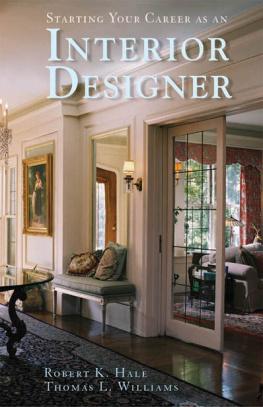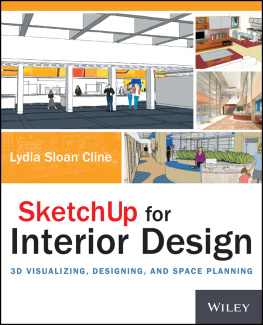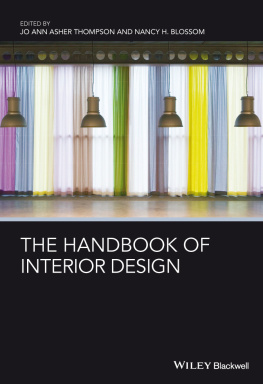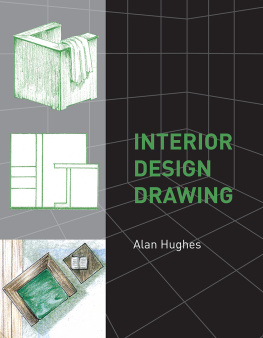This book is printed on acid-free paper.
Copyright 2009 by Christine M. Piotrowski. All rights reserved.
Published by John Wiley & Sons, Inc., Hoboken, New Jersey.
Published simultaneously in Canada.
No part of this publication may be reproduced, stored in a retrieval system, or transmitted in any form or by any means, electronic, mechanical, photocopying, recording, scanning, or otherwise, except as permitted under Section 107 or 108 of the 1976 United States Copyright Act, without either the prior written permission of the Publisher, or authorization through payment of the appropriate per-copy fee to the Copyright Clearance Center, 222 Rosewood Drive, Danvers, MA 01923, (978) 7508400, fax (978) 6468600, or on the web at www.copyright.com. Requests to the Publisher for permission should be addressed to the Permissions Department, John Wiley & Sons, Inc., 111 River Street, Hoboken, NJ 07030, (201) 7486011, fax (201) 7486008, or online at www.wiley. com/go/permissions.
Limit of Liability/Disclaimer of Warranty: While the publisher and the author have used their best efforts in preparing this book, they make no representations or warranties with respect to the accuracy or completeness of the contents of this book and specifically disclaim any implied warranties of merchantability or fitness for a particular purpose. No warranty may be created or extended by sales representatives or written sales materials. The advice and strategies contained herein may not be suitable for your situation. You should consult with a professional where appropriate. Neither the publisher nor the author shall be liable for any loss of profit or any other commercial damages, including but not limited to special, incidental, consequential, or other damages.
For general information about our other products and services, please contact our Customer Care Department within the United States at (800) 7622974, outside the United States at (317) 5723993 or fax (317) 5724002.
Wiley also publishes its books in a variety of electronic formats. Some content that appears in print may not be available in electronic books. For more information about Wiley products, visit our Web site at www.wiley.com.
Library of Congress Cataloging-in-Publication Data
Piotrowski, Christine M., 1947
Becoming an interior designer: a guide to careers in design / Christine Piotrowski.2nd ed.
p. cm.
Includes bibliographical references and index. ISBN 978-0-470-11423-0 (pbk.)
1. Interior decorationVocational guidance. I. Title. NK2116.P56 2009
747.092dc22
2008018564
DISCLAIMER
This publication is designed to provide accurate and authoritative information in regard to the subject matter covered. It is sold with the understanding that the publisher and the author are not engaged in rendering professional services. If professional advice or other expert assistance is required, the services of a competent professional should be sought.
All photographs, documents, and forms are proprietary to the organization, design firm, designer, or author. None of the figures in this text may be reproduced without the expressed written permission of the appropriate copyright holder.
To Martha and Casmier, looking down from above.
With love, Christine
A truly committed decision is the force that changes your life.
ANONYMOUS
Preface
The profession of interior design has received a lot of media attention over the years. Network television has portrayed interior designers as characters in major shows and featured them as experts on cable's various home decorating programs. Movies have even included interior designers or decorators as part of the cast. You have no doubt looked at one or more of the magazines related to interior design on the newsstands. The media attention, of course, doesn't necessarily help someone learn all that is involved in pursuing this profession.
This book is about the profession of interior design and the professional interior designer. If you are a student in high school or a postsecondary student who is considering interior design as a career, this book helps you understand what the profession entails. Maybe you have lost interest in your current career and are looking for a way to express your creative side. This book can assist you in understanding how interior design may help you achieve that goal. It will not, however, explain how to establish a practice or actually teach you how to do interior design.
The interior design profession has two broad segments of specialization. Residential interior design, primarily the design of private residences, is the area most familiar to the public. Commercial interior design is the other large segment of the profession. This specialty involves the interior design of businesses such as offices, hotels, stores, restaurantseven airports, sports stadiums, and prisons. Within each of these broad areas, designers might focus on one or more subareas condominiums and retail stores, for example.
The profession has changed significantly over the last 45 years or so. Here are just some of the ways in which it is different: building and safety codes are emphasized; sustainable design in both residential and commercial interior design has gained importance; the growing complexity of projects and the design process means interior designers must be better educated and trained; licensing and legal responsibilities focus added attention on project management and contract administration; and the aging population has brought an increased awareness of the design of spaces for seniors.
These challenges and others have brought about critical changes in the profession through greater educational preparation, increased technical skills, broader knowledge requirements, and the measurement of professional competency via testing. Thus, today's professional interior designer works in a profession raised to a higher level than that of the stereotypical decorator. Interior design in the 21st century is much more than selecting colors and arranging furniture.
Helping you understand this exciting creative profession and career is the purpose of this second edition. This award-winning book has been revised and updated to include new information on sustainable design, aging in place, and interior design on the global stage, as well as other topics and comments from dozens of additional practitioners at many levels in their career. Numerous new designer profiles with examples of their project work have been added throughout the book.
Additional highlights to the second edition begin in Chapter 1, which provides an overview of the profession of interior design with a brief look at its history and such considerations as licensing, and other general topics. A new section discusses the role of interior designers and poses the question What do interior designers do? to dozens of practitioners. Chapter 2 describes the educational requirements of interior designers. A section has been added concerning high school preparation to help younger potential practitioners understand what can be done at that level. Chapter 3 looks at the various environments in which interior designers work. For example, some designers work by themselves from home offices, while others work as team members in large design firmsand everything in between. Note that all the information on job seeking such as rsums and portfolios has been moved to this chapter. Chapter 4 offers insights into the opportunities for various specializations in the field through interviews with practitioners currently working in them. This chapter also includes additional information and comments from designers about the importance of sustainable design and design for seniors. Chapter 5 describes the activities that occur between the inception of a project and its completion. It also discusses working relationships with allied professionals and the project management process. Chapter 6 presents an overview of the business side of the profession. This chapter briefly discusses how interior designers find clients through marketing activities, the importance of contracts in defining proposed services, and how interior designers earn revenue. Chapter 7 is a compilation of comments from practitioners on what they feel is the future of the interior design profession.












